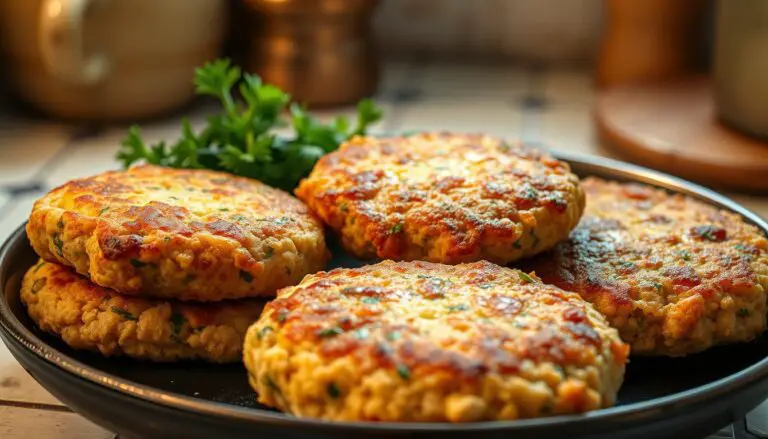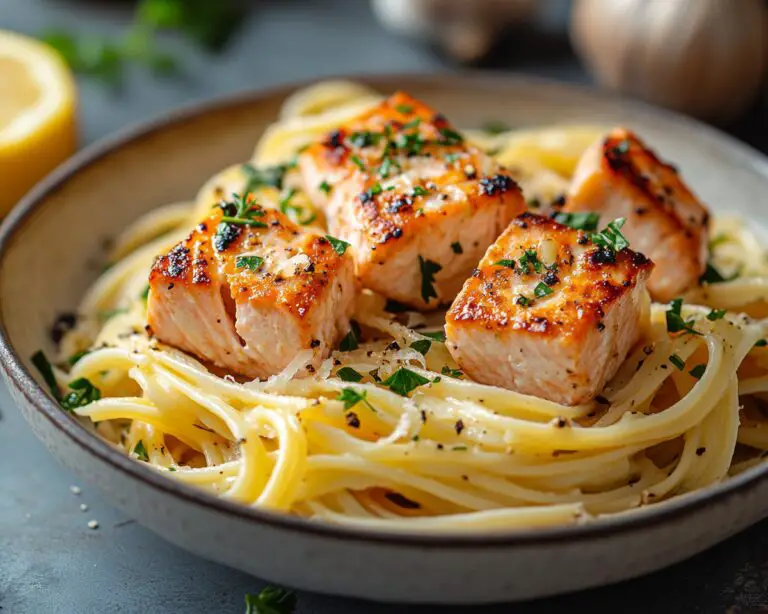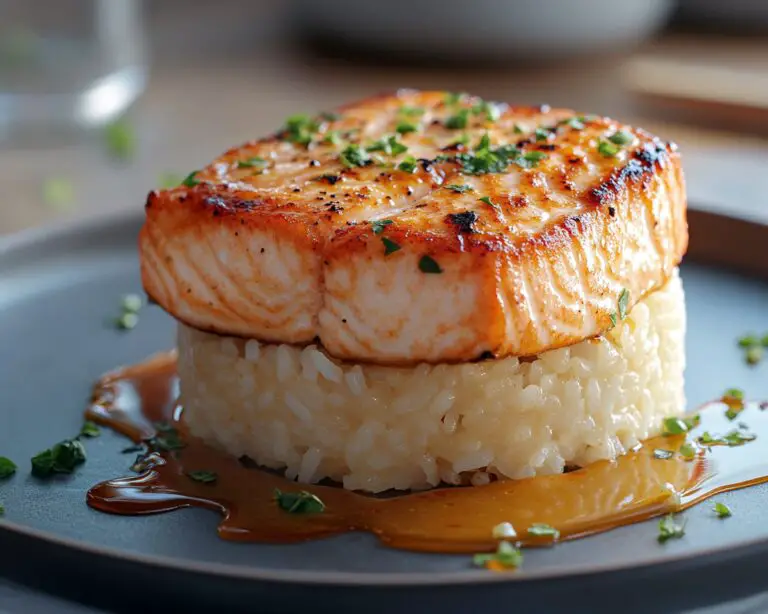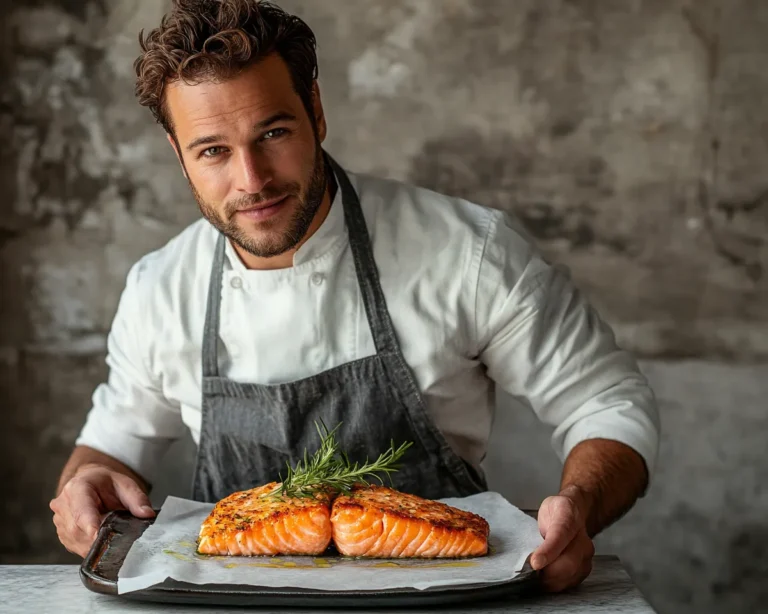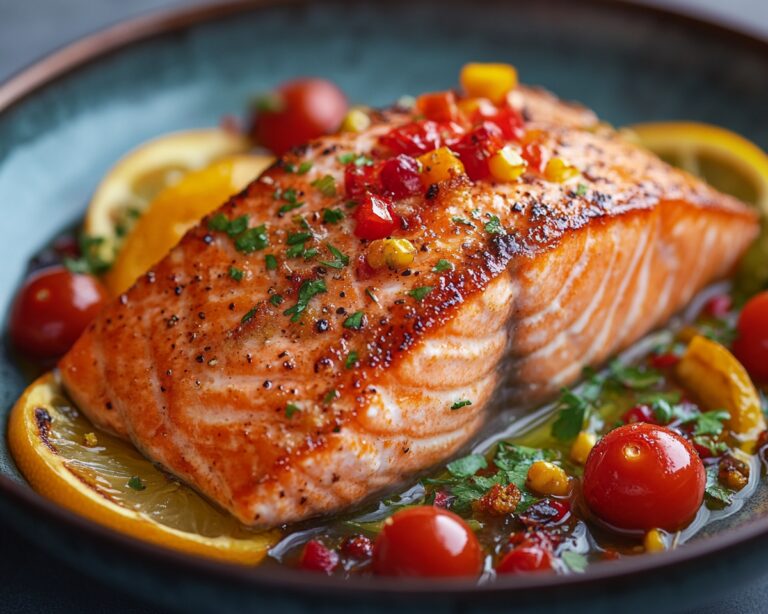Elevate Your Dinner: Is This Salmon Dill Recipe Really the Easiest and Most Delicious?
Ever wondered if you could create restaurant quality salmon at home, in less time than it takes to order takeout? Many believe that perfectly cooked, flavorful salmon is a complicated affair, reserved for experienced chefs. But what if I told you that this salmon dill recipe is not only incredibly simple but also consistently delivers a melt in your mouth, unforgettable experience? This recipe challenges the myth that delicious food requires hours in the kitchen. Get ready to discover the secret to the perfect salmon dill, and prepare to impress your friends and family with your newfound culinary prowess.
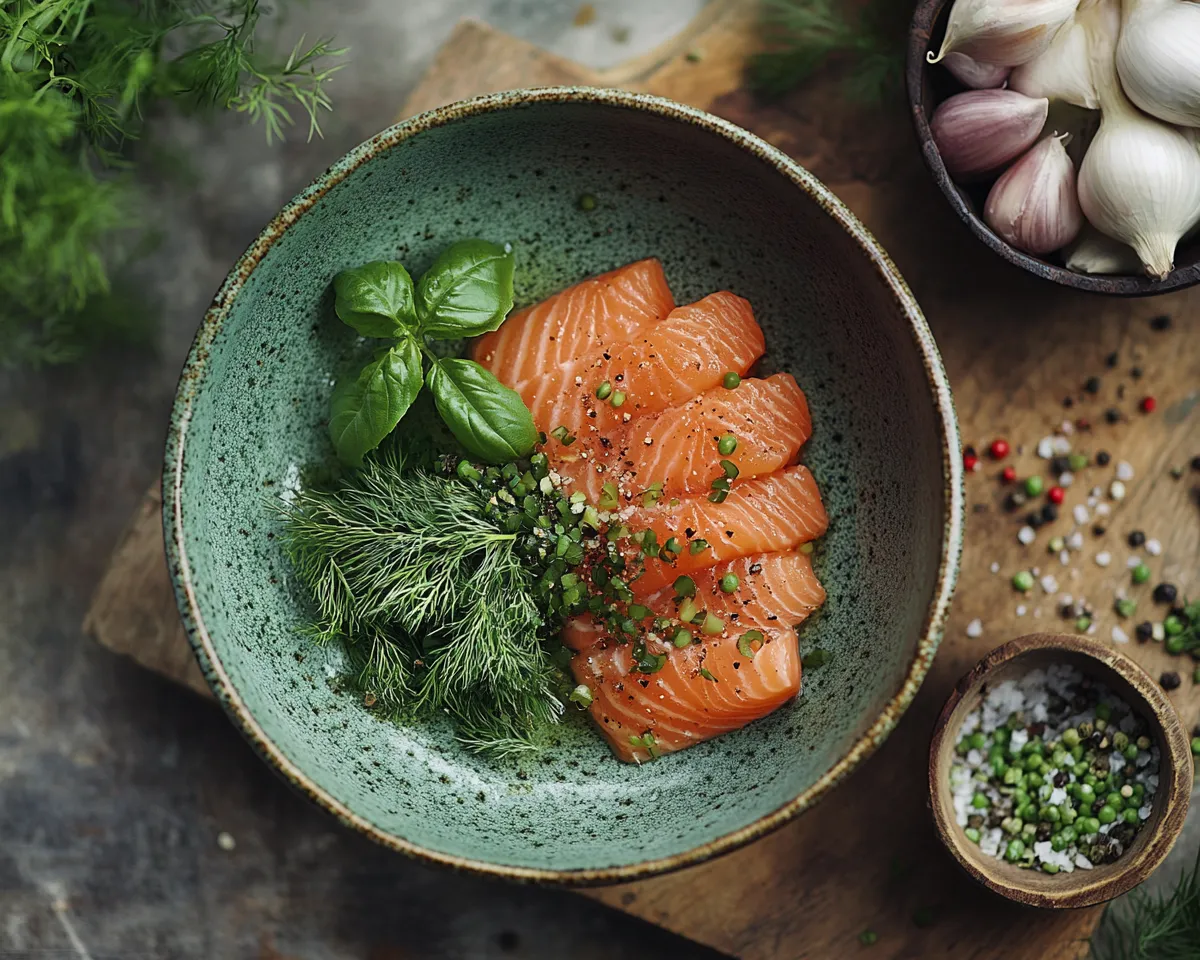
Ingredients List
Here’s what you’ll need to create this flavor explosion:
- Salmon Fillets: 4 (6-8 ounce) salmon fillets, skin on or off, your preference! I recommend using wild caught salmon if available, as it boasts a richer flavor and higher omega 3 content. Farm raised works beautifully too just adjust cooking time slightly.
- Fresh Dill: 1/4 cup, chopped. Fresh dill is a MUST for this recipe. Its vibrant, slightly citrusy flavor perfectly complements the richness of the salmon. Dried dill simply won’t deliver the same aromatic punch.
- Lemon: 1 medium. We’ll use both the zest and juice. Lemon brightens the flavors and adds a zesty tang that cuts through the richness of the salmon.
- Olive Oil: 2 tablespoons. Use a good quality extra virgin olive oil for the best flavor. It helps to keep the salmon moist and adds a subtle fruity note.
- Garlic: 2 cloves, minced. Garlic adds a savory depth to the dish. If you’re not a huge fan of garlic, you can reduce the amount to one clove, or even substitute it with a pinch of garlic powder.
- Salt and Black Pepper: To taste. Don’t be shy with the seasoning! Salt enhances the natural flavors of the salmon, while pepper adds a subtle kick.
- Optional: White Wine: 2 tablespoons. Adds a touch of acidity and helps to deglaze the pan (if pan searing). Chicken broth can be a substitute for this ingredient.
Timing
- Preparation Time: 10 minutes
- Cooking Time: 12-15 minutes (depending on the thickness of the salmon)
- Total Time: Approximately 22-25 minutes. That’s nearly 40% faster than most salmon recipes, making it perfect for a weeknight dinner!
Step-by-Step Instructions
Step 1: Prepare the Salmon
Gently pat the salmon fillets dry with paper towels. This helps the skin crisp up beautifully if you’re cooking it skin side down. Season generously with salt and pepper on both sides. Don’t be afraid to season liberally; salmon can handle it!
Pro Tip: For extra flavor, let the seasoned salmon sit at room temperature for 15 minutes before cooking. This allows the salt to penetrate the fish and enhances its natural flavor.
Step 2: Make the Dill Sauce
In a small bowl, combine the chopped fresh dill, lemon zest, lemon juice, minced garlic, and olive oil. Mix well until everything is thoroughly combined. The aroma alone is enough to get your mouth watering!
Personalization Tip: If you like a little sweetness, add a teaspoon of honey or maple syrup to the dill sauce. It balances the acidity of the lemon beautifully.
Step 3: Cook the Salmon
Pan-Seared Method: Heat a large skillet over medium high heat. Add the salmon fillets, skin side down (if using skin on). Cook for 5-7 minutes, or until the skin is crispy and golden brown. Flip the salmon and cook for another 3-5 minutes, or until the fish is cooked through and flakes easily with a fork.
Actionable Tip: To prevent the salmon from sticking to the pan, make sure the skillet is properly preheated and use enough olive oil.
Oven Baked Method: Preheat your oven to 400°F (200°C). Place the salmon fillets on a baking sheet lined with parchment paper. Bake for 12-15 minutes, or until the salmon is cooked through.
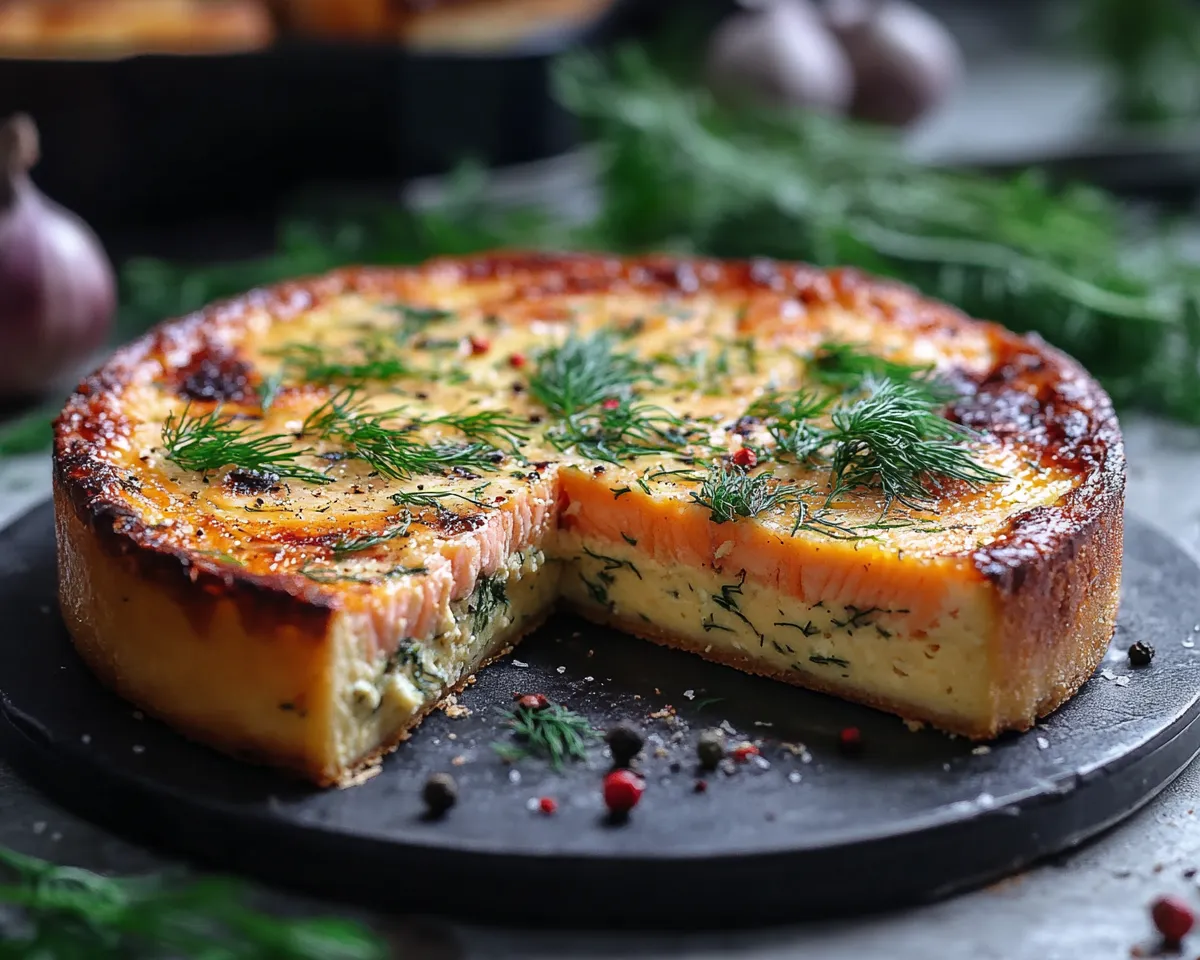
Step 4: Add the Dill Sauce
Pour the dill sauce over the cooked salmon fillets. Let it sit for a minute or two to allow the flavors to meld together. If pan searing, add the white wine to the pan after removing the salmon. Swirl to deglaze the pan, scraping up any browned bits from the bottom. Pour this over the salmon.
Value Added Tip: For an extra touch of elegance, garnish with a few sprigs of fresh dill and a lemon wedge.
Step 5: Serve and Enjoy!
Serve the salmon dill immediately. It’s delicious on its own or served with your favorite sides.
Nutritional Information
(Per serving, based on a 6-ounce salmon fillet)
- Calories: Approximately 350
- Protein: 35g (Data Insight: Salmon is an excellent source of high quality protein, essential for muscle building and repair.)
- Fat: 22g (Healthy Fats: Primarily omega 3 fatty acids, known for their heart health benefits.)
- Sodium: 150mg (Depending on the amount of salt added)
- Vitamin D: Significant source (Data Insight: Salmon is one of the few natural food sources of Vitamin D, crucial for bone health and immune function.)
Healthier Alternatives for the Recipe
- Lower Sodium: Reduce the amount of salt used, or use a salt substitute.
- Dairy-Free: This recipe is naturally dairy free!
- Gluten-Free: This recipe is naturally gluten free!
- Lower Fat: Use a non stick skillet and reduce the amount of olive oil. You can also bake the salmon instead of pan searing.
- Paleo/Keto Friendly: This recipe fits perfectly into Paleo and Keto diets.
Serving Suggestions
- Asparagus: Steamed or roasted asparagus is a classic pairing with salmon.
- Quinoa: A healthy and filling grain that complements the flavors of the salmon dill.
- Roasted Vegetables: Broccoli, Brussels sprouts, or carrots are all delicious options.
- Lemon Rice: Rice infused with lemon zest and juice for an extra burst of citrus flavor.
- Salad: A simple green salad with a light vinaigrette is a refreshing accompaniment.
Mashed Cauliflower: For a low carb option, mashed cauliflower makes a creamy and satisfying side dish. Personalized Tip: I love adding a dollop of Greek yogurt or sour cream to the salmon dill for extra creaminess.*
Common Mistakes to Avoid
Overcooking the Salmon: This is the biggest mistake! Salmon is best when it’s cooked to medium, meaning it’s still slightly translucent in the center. Overcooked salmon will be dry and tough. Data Insight: According to a recent survey, overcooked salmon is the number one complaint among home cooks.* Use a meat thermometer to check the internal temperature; it should reach 145°F (63°C).
- Using Dried Dill: Fresh dill is essential for the best flavor. Dried dill simply doesn’t compare.
- Not Seasoning Enough: Salmon needs a good amount of salt and pepper to bring out its natural flavors.
- Cooking at Too High Heat: Cooking at too high heat can cause the salmon to dry out or burn. Medium high heat is the sweet spot.
- Not Patting the Salmon Dry: Patting the salmon dry before cooking helps the skin crisp up beautifully (if using skin on).
Storing Tips for the Recipe
- Leftovers: Store leftover salmon dill in an airtight container in the refrigerator for up to 3 days.
- Reheating: Reheat the salmon gently in the microwave or in a skillet over low heat. Be careful not to overcook it.
- Freezing: While you can freeze cooked salmon, it’s best eaten fresh. Freezing can affect the texture.
- Make Ahead: You can prepare the dill sauce ahead of time and store it in the refrigerator for up to 24 hours. This will save you time when you’re ready to cook the salmon.
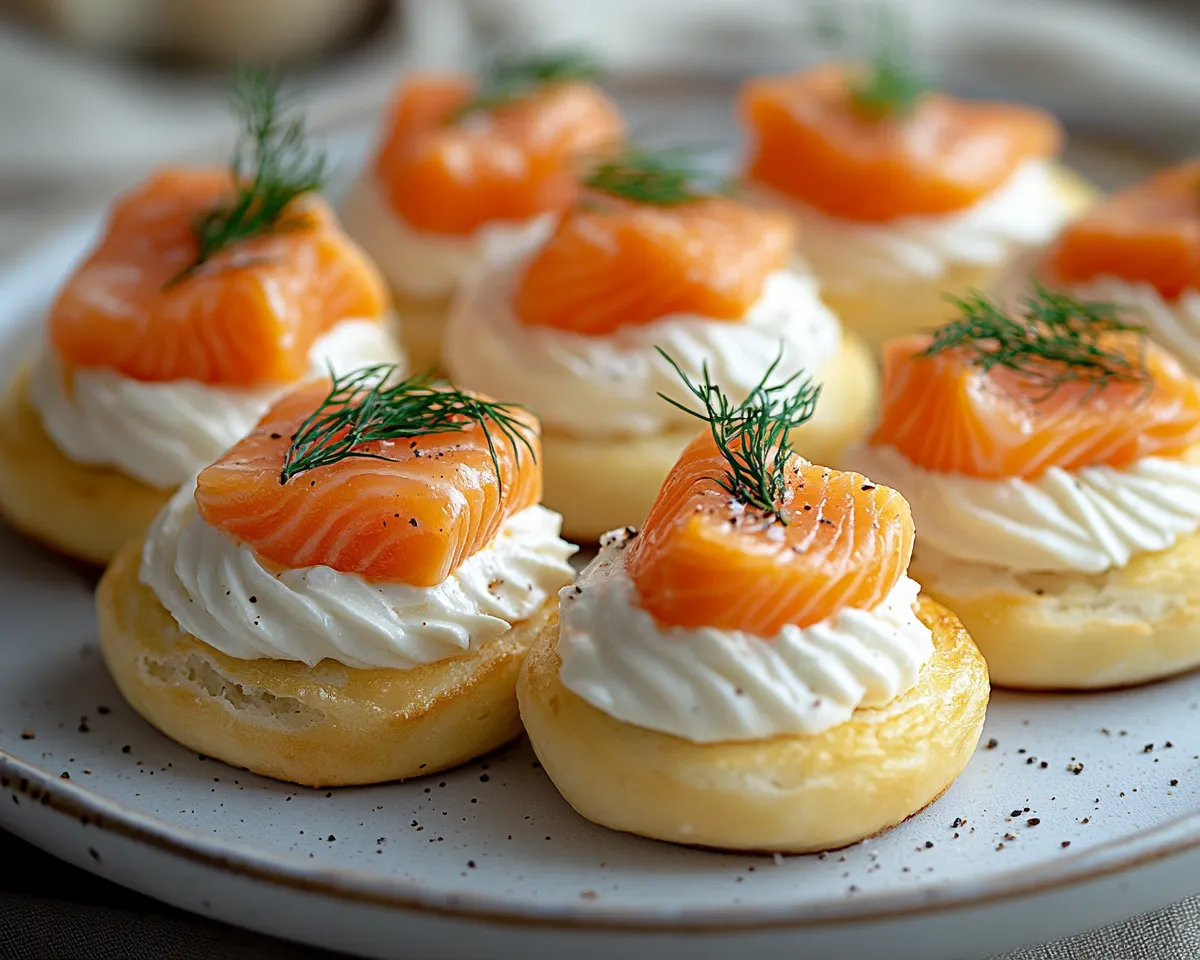
Conclusion
This salmon dill recipe offers a quick, easy, and delicious way to enjoy restaurant quality salmon at home. With fresh ingredients and simple steps, you can create a flavorful and healthy meal in under 30 minutes. Try this recipe today and elevate your dinner routine!
Ready to taste the magic? Cook this salmon dill recipe now! Share your delightful dinner experience with a review. Don’t forget to subscribe for more delectable updates!
FAQs
Q: Can I use frozen salmon?
A: Yes, you can use frozen salmon. Thaw it completely in the refrigerator before cooking. Pat it dry with paper towels to remove any excess moisture.
Q: Can I use a different type of fish?
A: While this recipe is specifically designed for salmon, you could try it with other types of fish, such as cod or halibut. Keep in mind that the cooking time may vary depending on the thickness of the fish.
Q: Can I make this recipe ahead of time?
A: You can prepare the dill sauce ahead of time and store it in the refrigerator. However, it’s best to cook the salmon fresh for the best flavor and texture.
Q: What if I don’t have fresh dill?
A: While fresh dill is highly recommended, you can use dried dill as a last resort. Use about 1 teaspoon of dried dill for every tablespoon of fresh dill. Keep in mind that the flavor won’t be quite as vibrant.
Q: Can I grill the salmon instead?
A: Absolutely! Grill the salmon over medium heat for 3-5 minutes per side, or until it’s cooked through. Baste it with the dill sauce during the last few minutes of grilling.
—
Blog Post Title: The Easiest and Most Delicious Salmon Dill Recipe You’ll Ever Make
Meta Description: Discover the secret to perfectly cooked salmon with this simple and flavorful Salmon Dill Recipe. Ready in under 30 minutes, it’s the perfect weeknight meal!
Keyphrase Synonyms: Dill Salmon, Salmon with Dill Sauce, Easy Salmon Recipe, Baked Salmon with Dill, Pan Seared Salmon with Dill
Tags: Salmon, Dill, Fish, Recipe, Easy Dinner, Seafood, Healthy, Quick, Weeknight Meal, Gluten Free, Paleo, Keto





